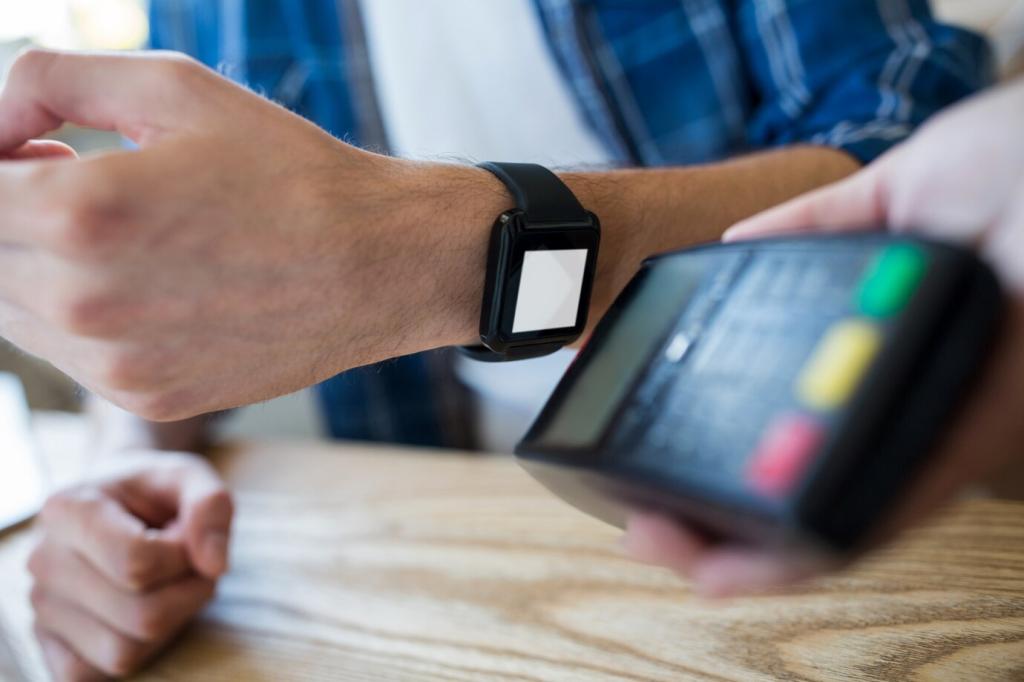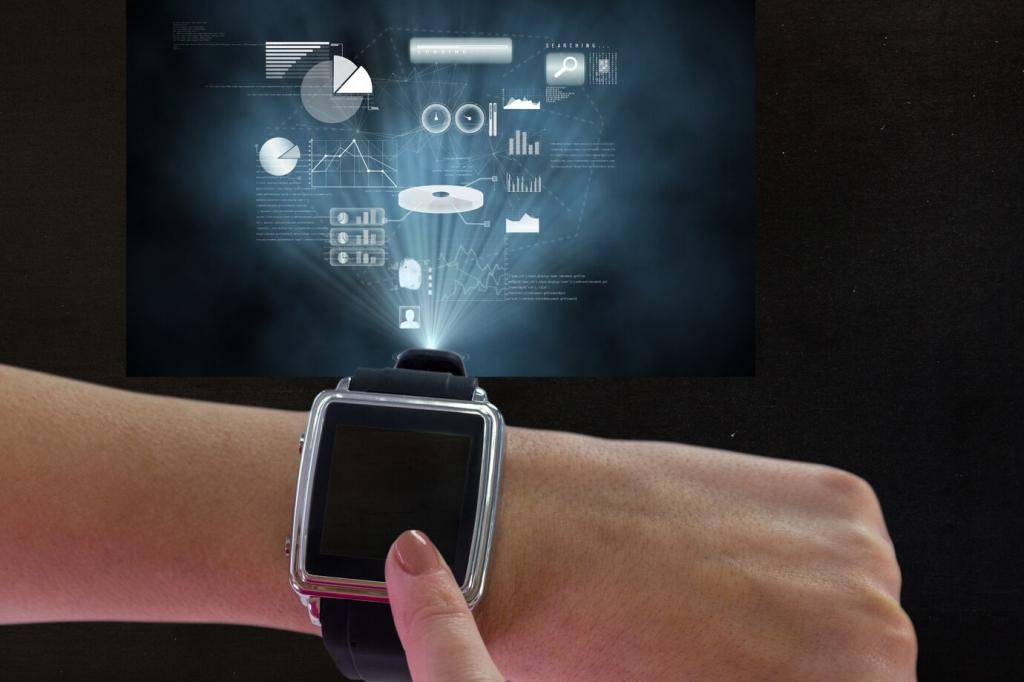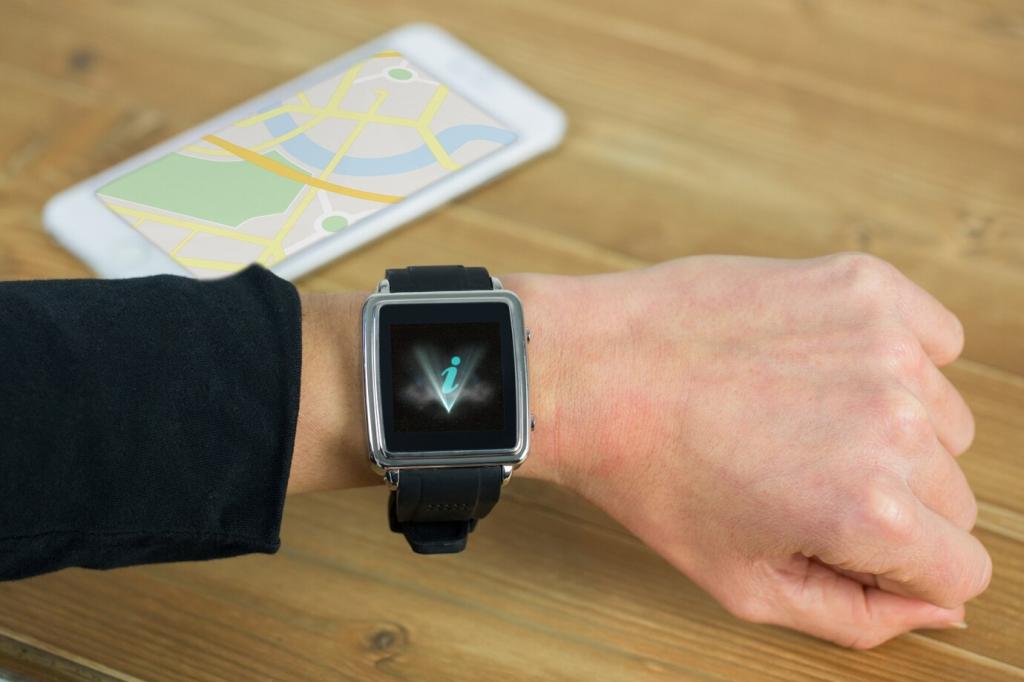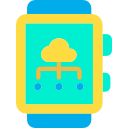Best Programming Languages for Wearable App Development
Chosen theme: Best Programming Languages for Wearable App Development. From tiny screens to big ambitions, let’s explore the languages that power delightful, battery‑wise wearable experiences—and help you pick the right stack. Share your favorite choices in the comments and subscribe for hands‑on case studies.

Battery, Sensors, and Constraints
Wearable apps must sip power, not chug it. Your language affects CPU wakeups, memory use, and latency between sensor reads, haptics, and animations. Favor efficient runtimes, smart threading, and native APIs that minimize overhead during frequent, short interactions.
Ecosystem, SDKs, and Tooling
Great language choices come with first‑class SDKs, robust simulators, profiling tools, and long‑term platform support. Tight integration with HealthKit or Health Services, Tiles or Complications, and reliable debugging shortcuts often matters more than microbenchmarks in isolation.
Team Skills and Future‑Proofing
Your best language is the one your team can maintain for years. Consider onboarding cost, community momentum, official documentation, and hiring pipelines. Choosing a popular, well‑supported language can reduce risk when regulations, APIs, or device capabilities evolve.

Compose for Wear OS
Compose for Wear OS streamlines UI with circular layouts, scaling lists, and swipe gestures built for quick glances. Coroutines keep rendering responsive. Tell us which Compose patterns helped you maintain smooth frames while polling sensors or updating tiles frequently.
Health Services, Tiles, and Complications
Leverage Health Services for low‑power heart rate streams, Tiles for glanceable cards, and Complications for always‑available stats. Strong libraries, emulators, and battery profiling make Kotlin productive. Share your favorite battery‑saving coroutine patterns or tile update strategies below.
Anecdote: The Nurse Shift Timer
A hospital team prototyped a shift timer with Kotlin coroutines and Tiles so nurses could check breaks safely. By batching updates and using Health Services intelligently, they avoided wake‑lock pitfalls. They later open‑sourced helpers, which we will review in an upcoming newsletter.
JavaScript and TypeScript: Cross‑Platform Logic with Native Watch UIs
Bridging Shared Logic
Keep domain rules, networking, and analytics in TypeScript, then bridge into native watch modules via lightweight APIs. This splits concerns cleanly: native code handles haptics, complications, and tiles; JS/TS orchestrates data, features, and release velocity across platforms.
Capacitor, Tooling, and Companion Experiences
Capacitor or similar tools power phone companions that sync with watches over secure channels. Devs iterate quickly on onboarding, settings, and content feeds, while native watch targets focus on battery‑sensitive moments. Comment if you have a favorite JS telemetry or sync library.
Where JS/TS Truly Shines
When product teams need rapid A/B tests, feature flags, and analytics, JS/TS offers unmatched speed. Stable bridges and typed contracts keep watch components lean. Subscribers, should we publish a reference bridge template for watch‑phone communication next month?

Implement filters, step detection, or ECG denoising in C/C++ to minimize latency and energy. Custom BLE characteristics, GATT parsers, and compact binary protocols reduce over‑the‑air cost. Share if you have a preferred fixed‑point library for ultra‑low‑power math.

Expose clean C interfaces or JNI bindings to keep platform layers ergonomic. Careful memory ownership, small data structures, and predictable lifecycles prevent leaks. Readers often request examples—should we post a minimal FFI starter that compiles for both platforms?

A hiking altimeter struggled with jitter and drains. Porting calculations to a tiny C module and batch‑averaging sensor reads stabilized output and doubled battery life. If that resonates, subscribe; we’re preparing a tutorial with profiling screenshots and before‑after charts.
Python in the Wearable Workflow
01
Rapid Prototyping of Algorithms
Validate cadence detection, anomaly scoring, or sleep staging in notebooks before porting to Swift, Kotlin, or C. Microbenchmarks guide complexity budgets. Comment if you want our sample notebook that translates NumPy prototypes into compact, platform‑ready logic.
02
Data Pipelines and Model Serving
Python excels at aggregating sensor logs, training models, and exporting quantized parameters. Once validated, deploy on‑device via Core ML or TensorFlow Lite. Readers, which serialization formats have given you the best balance of size, accuracy, and startup latency?
03
Automation, Tests, and Synthetic Runs
Use Python to fuzz BLE parsers, generate synthetic sensor traces, and run CI smoke tests against emulators. This catches regressions early and keeps watch builds healthy. Interested in a cookiecutter project for wearable QA? Let us know and subscribe.
Rust and Go: Emerging Options for Safe Speed and Reliable Services
Rust for Safe, Low‑Level Modules
Rust’s ownership model eliminates many memory bugs without a garbage collector. Port hotspots—compression, crypto, parsers—and expose thin FFI to Swift or Kotlin. If you have shipped Rust in a wearable stack, share your lessons about build scripts and cross‑compilation.
Go for Gateways and Companion Services
Go’s concurrency helps build stable phone or hub services that mediate syncing, notifications, and BLE relays. Predictable binaries and strong tooling simplify deployment. Readers, would a sample Go gateway for buffering watch data during poor connectivity help your team?
Cautions and Opportunities
Ecosystems are newer on wearable fronts, so expect custom tooling. Start small, isolate modules, and measure. When safety and uptime matter, these languages impress. Subscribe if you want our template repo linking Swift, Kotlin, Rust, and Go with reproducible builds.
